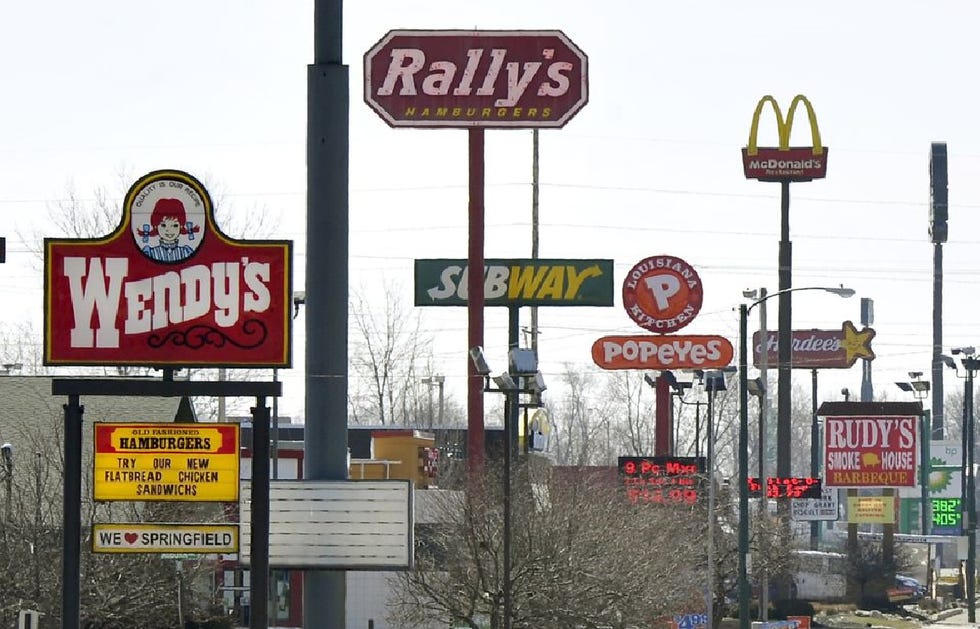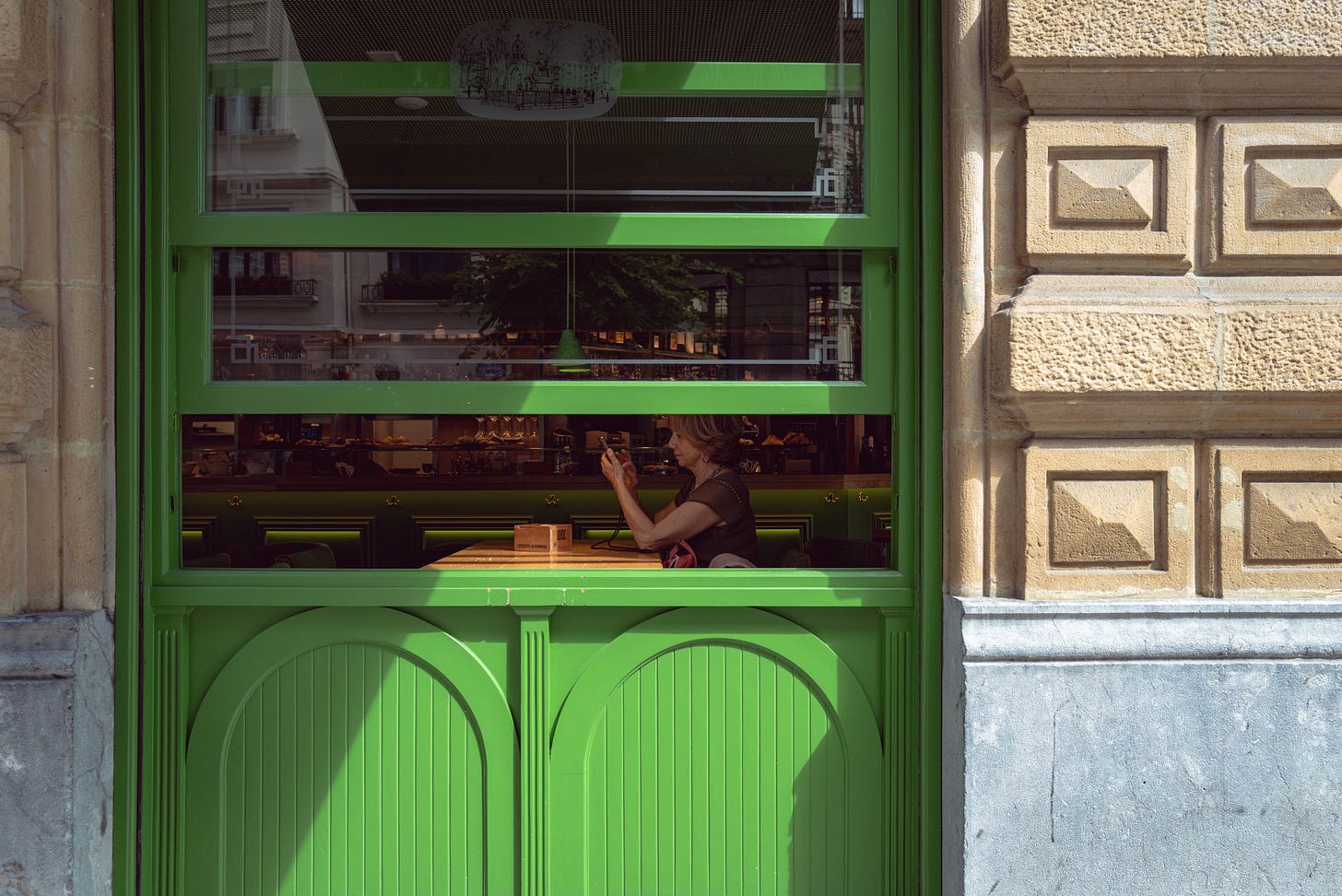“I have nothing against [Anthony] Bourdain the man, but the cult of personality he left in his wake is insufferable… He spawned a generation of men whose whole personality is based on daring themselves to eat the most gangrenous street meat on offer and then never shutting the hell up about it.”
She followed it up with a kill shot: “He broke how a generation of men eat.”
Now, as longtime readers of mise (hi, Priti!) already know: I’m a fan. Of Bourdain, yes — particularly the Anthony varietal.
But I don’t think I’m broken. Not culinarily, anyway. Emotionally? Spiritually? TBD.
This isn’t a rebuttal.
It’s not a “Suzy Weiss, how dare you?” thinkpiece.
There will be no Notes app apology posted on my Instagram story. No showdown at the brunch line for République.
Instead: this is a dispatch. From the intersection of appetite and identity. A look at how I eat, why I eat the way I do, and what Bourdain’s particular brand of wanderlust and wonder still offers those of us trying to find a little meaning at the bottom of the bowl.
culinary identity in a sea of sameness.
To understand how I eat now, it helps to know where I came from — or at least, what was on the table.
My family has always been deeply, deliciously food-forward.
My mom is a private chef. Not classically trained, but taught in the way that matters more: by an eclectic, wildly talented mix of Indian, Bangladeshi, Nepali, and Chinese cooks in Bombay, Montreal, Atlanta, and the wilds of suburban Minneapolis. She learned by watching, tasting, adjusting — the original test kitchen, minus the lighting rig and clickbait thumbnails.
My dad, on the other hand, is a culinary adventurer. The kind who always knows about “that place”. Constantly scouting, reading, remembering — always ready to drive 45 minutes for the best ramen in town, or a hidden barbecue spot tucked behind a strip mall laundromat.
And then there was Flower Mound, Texas.
In the early ’90s, it was still mostly cow pasture — slowly morphing into a suburban haven for American Airlines employees. A lot of chain restaurants. A lot of Ranch dressing. Not exactly a hotbed of gastronomic discovery.
To be clear, we ate well — when we traveled, or when my mom cooked. But when we ate out, our options were limited. Exotic, in this context, meant “not Chili’s.” (Nothing against Chili's. All my love to the sacred baby back ribs.)
I still remember the buzz when a P.F. Chang’s finally opened nearby. People lost their minds. Finally, good Chinese food!1
It was… a start.
But in a town where the Olive Garden felt international and Taco Bell was considered a valid stand-in for actual tacos, it was nearly impossible to define a culinary identity of your own — let alone discover one. The food scene wasn’t just homogenous; it was prescriptive. You were what you ate. And what you ate was what was available. What was marketed. What was made easy.
The idea that food could be personal — could be political, poetic, sacred — didn’t quite land when most of your choices came laminated and combo-sized.
In that sea of sameness, what passed for “culinary identity” was something you inherited or something that was assigned to you: Bengali at home, Burger King in public.
It didn’t leave a lot of room for curiosity, contradiction, or anything in between.
That tension — between what we were given, what we desired, and what we were expected to swallow — stayed with me.
And it’s probably why, years later, watching Bourdain savor a plate of goat curry at Lammy’s in the Bronx — not in Mumbai or Hanoi, but under the same gray New York sky just a subway ride from his Manhattan apartment — felt less like entertainment and more like recognition.
Like permission.
That what you did behind closed doors — the smells and flavors you savored in your home kitchen, the indulgences on vacation — could and should be done in your everyday life.
That the spicy, the fermented, the weird — the dishes you thought belonged on passport stamps — belonged at your own table. That local, suburban, American “exotic” wasn’t an oddity or a gimmick.
It was normal.
in praise of hunger.
Weiss isn’t wrong — we, especially men, romanticize food and glorify the quest for it. (Guilty.)
But are we wrong for it?
Or are we just hungry for something more — something meaningful to chase, something worth sitting still for, something that tells us who we are when the world insists we pick from a fixed menu of culinary personas?
The pursuit isn’t just about the food.
It’s about curiosity.
About agency.
About trying to shape an identity not handed down by geography or grocery store selection, but forged through exploration — one meal, one bite, one strange and beautiful thing at a time.
Because if I’m going to need food and sustenance anyway, I might as well make it matter.
I might as well chase flavor.
Seek out the bold, the unfamiliar.
Let it pull me out of my comfort zone — and into something closer to understanding who I am.2
It doesn’t have to be a reimagined eggplant parmesan, made by Massimo Bottura (although, I’m not complaining if it is); in fact, I’m perfectly in my happy place with a breakfast burrito from the place just around the corner.
In short: when I’m hungry, I eat.
But I let my palette guide me.
Sometimes, it’s high brow. Sometimes it’s low brow.
Mostly, I’m just listening, trying to figure out what it’s trying to say.
en place.
So, no.
I don’t think Bourdain — or his disciples, Tucci, Rosenthal, et al. — “broke” us.
If anything, they kicked the door open.
They gave us license to explore — cultures, cuisines, zip codes. They gave us permission to be endlessly curious. To eat widely. To care deeply. To believe that food could be more than just fuel or performance — that it could be a way in, a way through, a way home.
More than that, they left us a map to explore ourselves.
To figure out who the hell we actually are — at least from a gastronomical standpoint.
Especially those of us who grew up in places where Chinese food came in a bucket, where “Mexican” food meant Taco Bell. Where flavor was filtered, flattened, made safe for suburban consumption.
So yeah — maybe we overdo it.
Maybe we never shut up about it.
Maybe our phones eat first a little too often.
But we’re paying attention.
And at least we’re still hungry.
It’s worth noting: As we became more familiar with our surroundings — and as the Dallas–Fort Worth metroplex became more diverse, more sprawling, more delicious — we realized the options had always been there. We just didn’t know where to look. Or maybe we weren’t looking hard enough. What felt like a desert was really just unfamiliar terrain.
(And this is coming from someone who has smoothies almost every day.)







